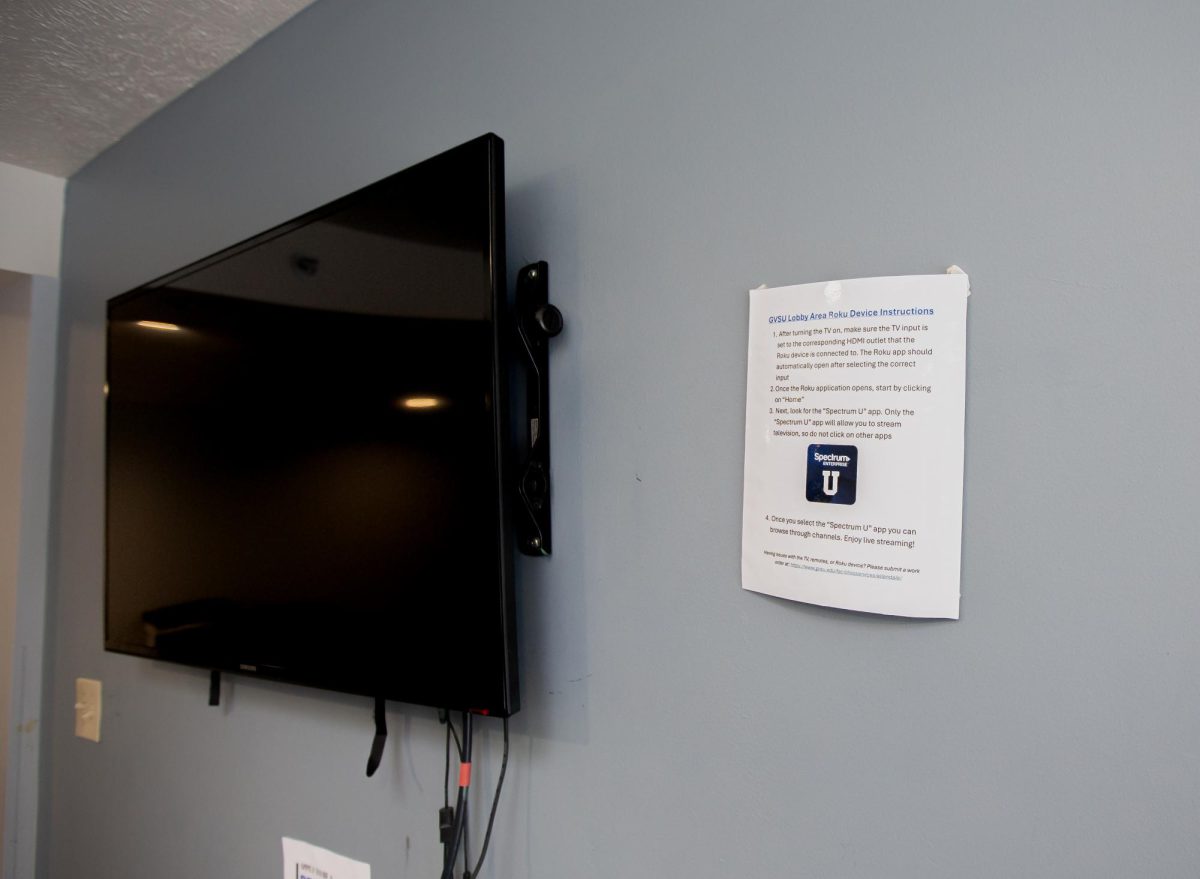Google One: A shift to anti-consumer storage consolidation
Nov 16, 2020
My first article here at the Lanthorn lamented Google’s misadventures with Hangouts and not capitalizing on the market Zoom would take. This time, however, Google is using its position as one of the biggest photo locker services with its Google Photos product and changing it from free to a paid service.
Google Photos was born out of Google’s acquisition with Picasa, a desktop app that would automatically tag and organize your photos, which even included an option for a web album that you could share to others. In 2016, Google replaced that with its entirely-online Photos solution and offered it for free to all users, regardless of platform.
While the images were still compressed at the free tier, the quality was still strong and it made sharing albums of photos with others easy. Especially for iOS users where the 5 GB of free iCloud storage was usually not enough to store all of your photos without upgrading, Google Photos was an easy recommendation to backup your images. Google even capitalized on this with marketing it as the place to back up your memories without having to deal with storage limitations on phones.
Of all the usefulness and convenience that Google Photos brought, on Nov. 11, Google announced things would be changing. The previous free tier would be removed and photos and videos would start counting against your total Google Drive storage.
Now while 15 GB is much more than the 5 GB Apple provides, they also made one more change to how they counted storage. Starting June 1 next year, alongside the removal of the Photos free unlimited tier, Google will also be counting documents you have made in their office suite such as Google Docs, Sheets and Slides against your total storage.
I can understand these services come at a cost to Google in terms of maintenance and storage space, but for most, it was understood that Google made up that revenue through the training of its image recognition or spell check utilized by these “free” services. To then go back and start charging for it once they have become ingrained in the lifestyle or workflow of people while still possibly using their data internally for training seems disingenuous.
At a time where Google is facing antitrust litigation in Europe and the U.S., to then use its position as a free alternative to Microsoft Office and photo-sharing services and then start charging for it doesn’t paint the best picture. They have made deals with their educational resources for students to use Chromebooks and their web products for note-taking and homework assignments. To then have this entire generation of students grow up accustomed to these services and before making them pay — all while still using consumer information — is where I take issue.
I’m thankful that Grand Valley State University’s deal with Google has unlimited storage on Drive (for however much longer that lasts). For the Photos situation, it’s a good thing I kept a local copy of all my photos but it’s once again sad to see another Google service be stripped of its original charm. Using Google’s built-in estimate, I got about two years to decide what to do: add another monthly subscription to the list with Google One or find some other solution.


























